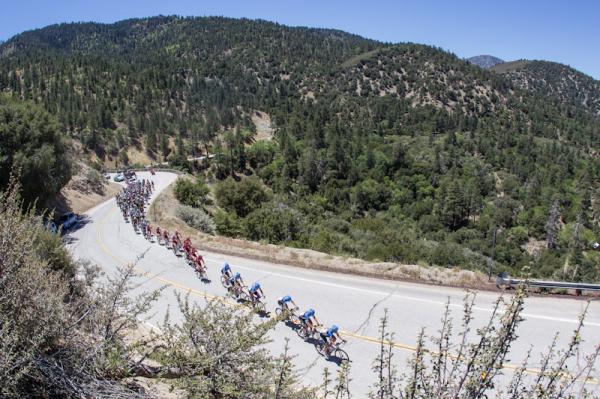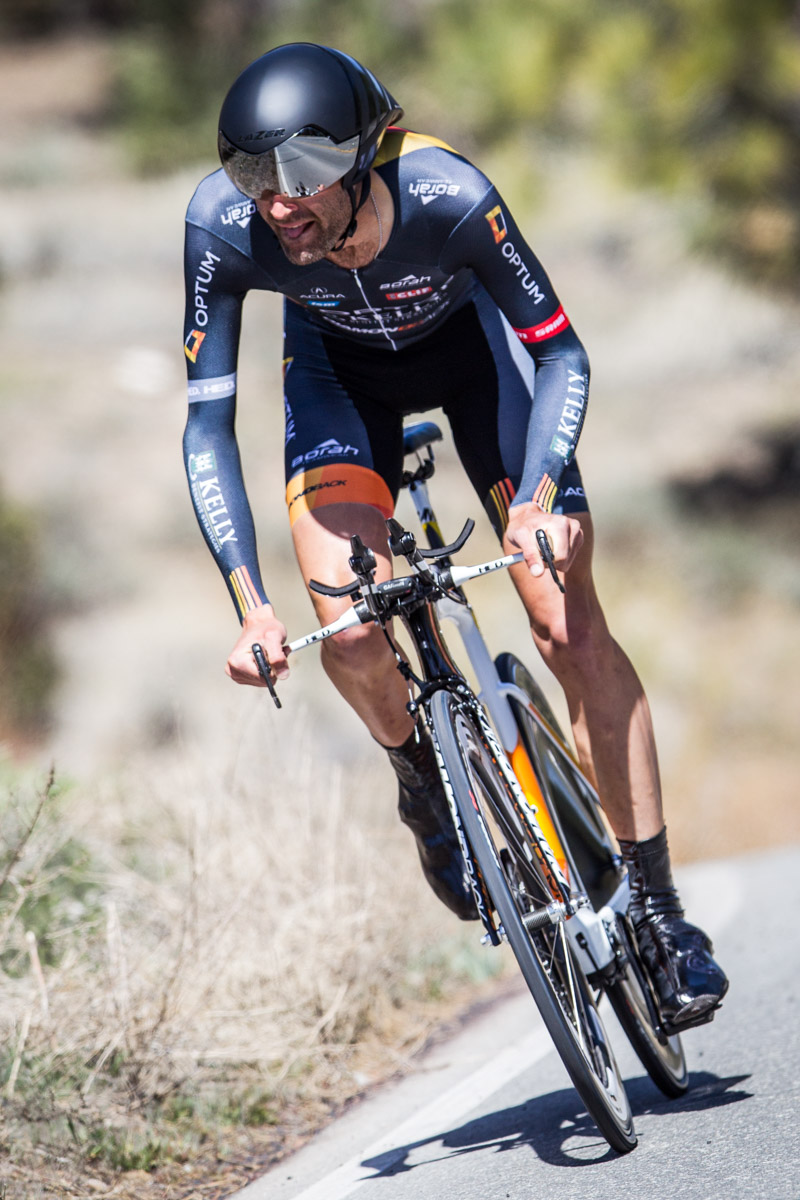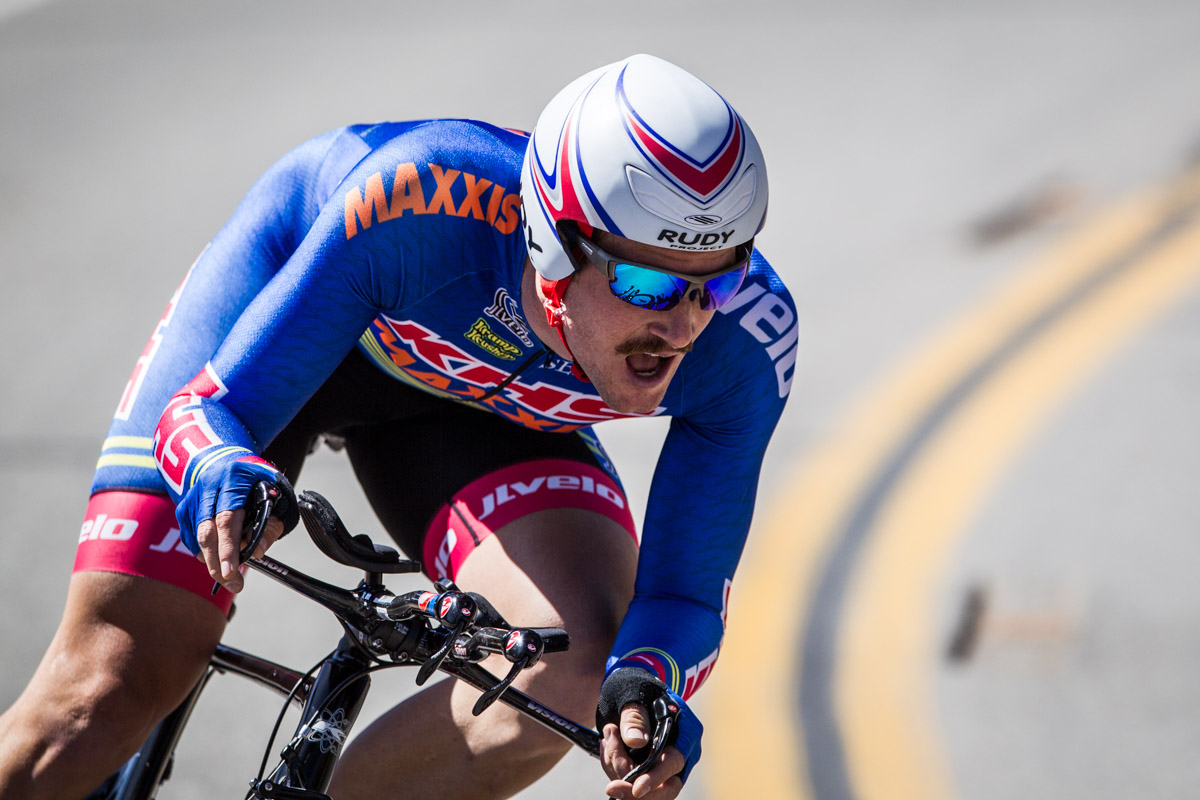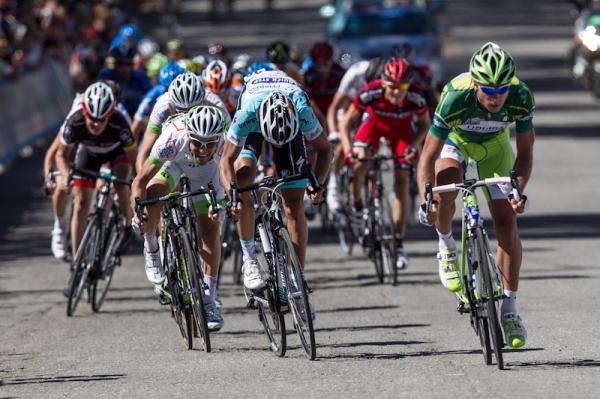Redlands time trial provides partial preview of California stage
NRC stage covers half the route that will be used for Tour of California time trial in Big Bear





When the Tour of California comes to Big Bear Lake in May for the stage 5 time trial, US domestic riders will be in familiar territory. For the past three years, half of the 24.2km course for the California stage has been used in the Redlands Bicycle Classic.
The Tour of California time trial starts in the heart of Big Bear Village – which sits at about 2,050 metres of elevation – on the south shore of the lake, then travels 5km through a winding residential neighbourhood before crossing over to the lake’s north shore and onto the 12.5 km out-and-back Redlands route.
The course travels along the lake to the small town of Fawnskin, then reverses direction and heads back to Big Bear Village on essentially the same route as the first half of the trip.
Domestic riders have had three opportunities to cover the north shore section of the route on closed roads and at race pace. But whether that previous experience will provide the them with a home court advantage depends on who you talk to.
“Heck yeah it does,” said Tom Zirbel (Optum-Kelly Benefit Strategies). “That’s three times at race pace, and over there with the twisty turns, that’s the most technical part of the whole course, so that’s going to give me confidence. It’s definitely going to help, especially for a rider like me. I need to know my limits.”
Zirbel has won the Redlands time trial for two consecutive years, most recently on Thursday, when he covered the 12.5km route in 15:02, six seconds slower than his 2014 time. Before Thursday’s Redlands race, he had a chance to ride the section of the route that will be used for California.
“We just checked out the first part that goes through town,” he said. “On paper it’s a great course for me, but that being said, the last two years I haven’t made it past stage three at Tour of California, so I have to get there and have good legs. But I couldn’t ask for a better course for me. I’m really excited about it.”
The latest race content, interviews, features, reviews and expert buying guides, direct to your inbox!
But Zirbel’s teammate, Phil Gaimon, took another view about just how much advantage the domestic pros’ knowledge of the course will provide.
“We have about 75 disadvantages, and we’ll take one advantage that we know these couple corners and will get a second here and a second there,” Gaimon said. “But we haven’t done a bunch of Grand Tours and we’re not making half a mil a year, so call it even.”
Gaimon described the course as mostly flat, pretty fast, but with “no damn air.”
“There are a couple turns that it helps to know, but I’ve been up here, and I’d say I know this course as well or better than anyone, and I still hesitated smashing into a couple of those,” Gaimon said. “No one knows it that well, and there could be a person on a mountain bike cruising around, so I wouldn’t say there’s a major home court advantage here or anywhere. Your power to weight or power to surface area is still what it is.”
Zirbel, on the other hand, said any advantage – no matter how small – helps when competing against the WorldTour teams at the 2.HC Tour of California.
“We are definitely at an advantage, the domestic pro teams that have done this course, so I’ll take it,” he reiterated. “We need every bit of advantage we can get going up against those guys.”
Growing up in Missoula, Montana, Pat competed in his first bike race in 1985 at Flathead Lake. He studied English and journalism at the University of Oregon and has covered North American cycling extensively since 2009, as well as racing and teams in Europe and South America. Pat currently lives in the US outside of Portland, Oregon, with his imaginary dog Rusty.